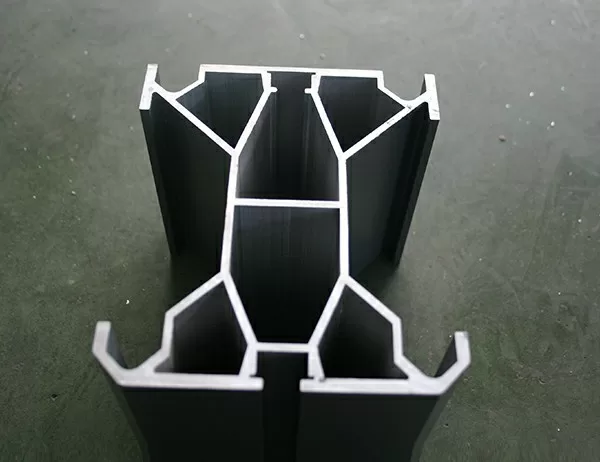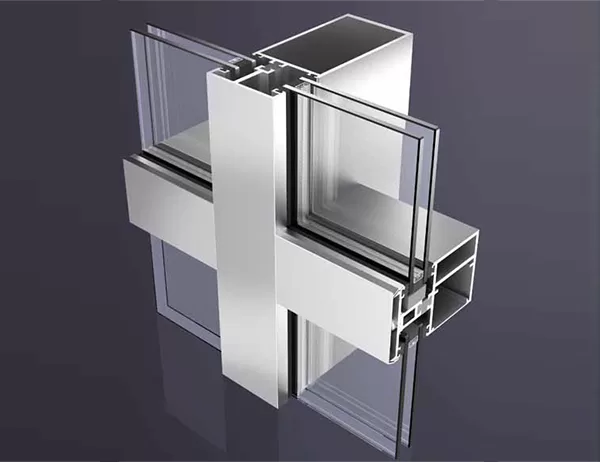In the realm of architectural design, polished aluminum angles have emerged as a captivating and versatile material, boasting an array of advanced features that redefine the boundaries of aesthetic appeal and structural integrity.
Exceptional Corrosion Resistance:
Modern aluminum angles are meticulously anodized, rendering them impervious to corrosion, oxidation, and harsh outdoor elements. This unwavering resilience ensures their durability and pristine appearance, even in coastal or industrial settings.
Reflective Properties:
The polished surface of these angles mirrors light, creating a dazzling display that reflects the surrounding environment. This reflective quality enhances the aesthetics of any façade, adding an element of glamour and sophistication.
Enhanced Strength and Rigidity:
Despite their lightweight nature, aluminum angles possess exceptional strength and rigidity. Their precise extrusion processes result in uniform cross-sections, providing superior support and minimizing deflection under load.
Versatility in Application:
The versatility of polished aluminum angles knows no bounds. They find application in curtain walls, window frames, signage, handrails, and myriad other structural and decorative elements. Their adaptability makes them a valuable asset for architects and designers.
Environmentally Friendly:
Aluminum is a highly sustainable material that can be recycled infinitely without compromising its quality. Polished aluminum angles, therefore, align with the growing demand for eco-conscious construction practices.
Refined Aesthetics:
The polished finish imparts an air of elegance and modernity to any project. Its smooth, non-porous surface resists stains and scratches, maintaining its pristine appearance for years to come.
Conclusion:
Modern polished aluminum angles are a testament to the advancements in architectural materials. Their exceptional corrosion resistance, reflective properties, enhanced strength, versatility, sustainability, and refined aesthetics make them an indispensable choice for contemporary designs. As architects and designers continue to push the limits of architectural expression, these advanced features will undoubtedly play a pivotal role in shaping the future of construction.




